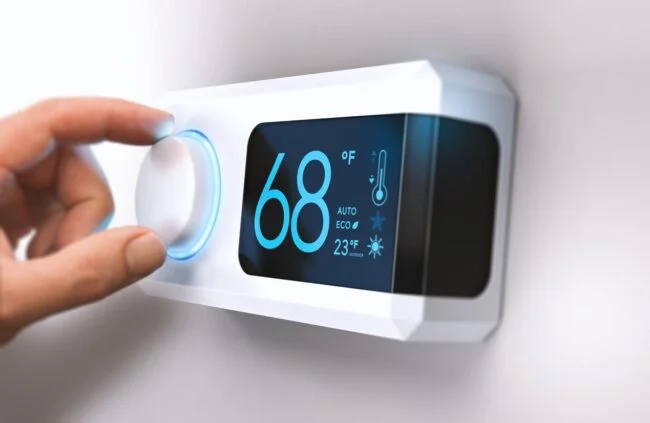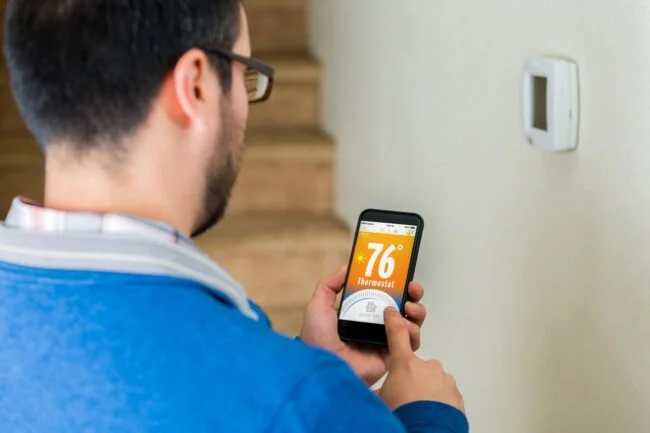Finding the optimal thermostat setting during the winter months can be a bit of a balancing act between staying comfortable and keeping energy costs in check. To shed light on this topic, we sought advice from HVAC experts who shared their insights on how to strike that perfect balance.

According to HVAC technician Josh Mitchell, founder of Air Conditioner Lab, setting your thermostat to around 68 degrees Fahrenheit (20 degrees Celsius) during the day is a good starting point. This temperature not only ensures comfort but also promotes energy efficiency. At night, lowering it to about 65 degrees Fahrenheit (18 degrees Celsius) can further contribute to savings while still keeping you cozy for a good night’s sleep.

However, it’s essential to note that individual comfort preferences vary, and setting the thermostat a couple of degrees higher, such as at 70 degrees Fahrenheit, may still be acceptable for some. The key is finding a temperature that suits your comfort level without excessively burdening your heating system.
To maximize energy savings, consider implementing some additional strategies recommended by Mitchell:
- Use a Programmable Thermostat: Investing in a programmable thermostat allows for automatic temperature adjustments based on your schedule. This not only enhances energy efficiency but also contributes to a more comfortable living environment.
- Seal Drafts: Insulating windows and doors can prevent heat loss, thereby reducing the workload on your heating system.
- Maintain HVAC System: Regular maintenance ensures that your heating system operates efficiently. This includes servicing the furnace annually, changing or cleaning filters regularly, and keeping vents unobstructed.
- Wear Layered Clothing: Dressing warmly can help you stay comfortable at lower thermostat settings, reducing the need to crank up the heat.
- Take Advantage of Natural Sunlight: Opening window shades on sunny days allows warm sunlight to naturally heat your home, reducing the reliance on your heating system.

Gradually adjusting the thermostat temperature as the household acclimates to the winter season can also aid in energy savings. This allows your body time to adapt to slightly cooler temperatures without feeling uncomfortably cold.
For those with pets, it’s essential to consider their comfort as well. While cooler temperatures are generally suitable for many furry companions, ensure that the thermostat is set to a temperature that keeps them cozy while you’re away.

In conclusion, finding the sweet spot for your thermostat setting during winter involves a combination of factors, including personal comfort preferences and energy-saving strategies. By implementing these tips and gradually adjusting your thermostat, you can enjoy a comfortable home while keeping energy costs manageable throughout the coldest months of the year.
images source: istockphoto










